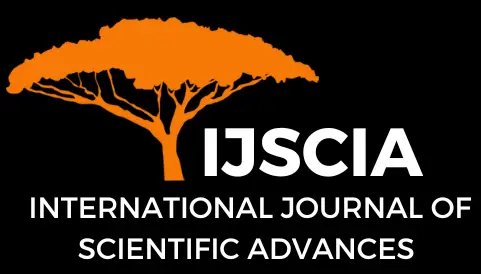ROX Index as a Predictor of Intubation Risk and 28-Day Mortality in COVID-19 Patients with Acute Respiratory Distress Syndrome
Putra Kurnia Nugraha1, Arie Utariani2*, Philia Setiawan3, Bambang Pujo Semedi4
Abstract
Background: The main concern when treating COVID-19 acute respiratory distress syndrome (ARDS) during high flow nasal cannula (HFNC) is delayed intubation, thus increasing the risk of prior mortality. This study aims to analyze the prognostic ability of the Respiratory Rate Oxygenation (ROX) index as a predictor for intubation and 28-days mortality in COVID-19 patients.
Methods: A retrospective analysis of COVID-19 patients admitted to Intensive Care Unit (ICU) Dr. Soetomo General Hospital in Surabaya from July to December 2020 with ARDS. The ROX indices were recorded at the 1st hour, 2nd, 4th, 6th, 12th, 18th, 24th, and 48th hours of treatment in ICU with HFNC. Identification of ROX association with HFNC failure led to intubation and 28-days mortality was through Cox proportional hazards regression. The most specific cut-off of the ROX index for predicting intubation and 28-days mortality was assessed.
Result: Among 78 patients who met the inclusion criteria, 26 (33.3%) patients required intubation. Out of 26 patients, six patients were extubated and had survived. The 28-days mortality rate is 20 (25.6%) patients. The ROX index at 12th hours (ROX-12) ≤ 4.85 (AUC 0.857; p<0.001; HR 4.7) and the ROX index at 48th hours (ROX-48) ≤ 5.68 (AUC 0.858; p<0.001; HR 5.4) can accurately predict the need for intubation. ROX-12 ≤ 4.745 is a predictor of 28-days mortality (AUC 0.85, p<0.001; HR 10.2).
Conclusion: ROX index predicts the risk of intubation and 28-days mortality especially ROX-12 and ROX-48. Utilization of ROX index for rapid assessment of the respiratory deterioration in COVID-19 is recommended.
Keywords
ROX Index; HFNC; Intubation; ARDS; COVID-19
Cite This Article
Nugraha, P. K., Utariani, A., Setiawan, P., Semedi, B. P. (2022). ROX Index as a Predictor of Intubation Risk and 28-Day Mortality in COVID-19 Patients with Acute Respiratory Distress Syndrome. International Journal of Scientific Advances (IJSCIA), Volume 3| Issue 1: Jan-Feb 2022, Pages 34-41, URL: https://www.ijscia.com/wp-content/uploads/2022/01/Volume3-Issue1-Jan-Feb-No.213-34-41.pdf
Volume 3 | Issue 1: Jan-Feb 2022



